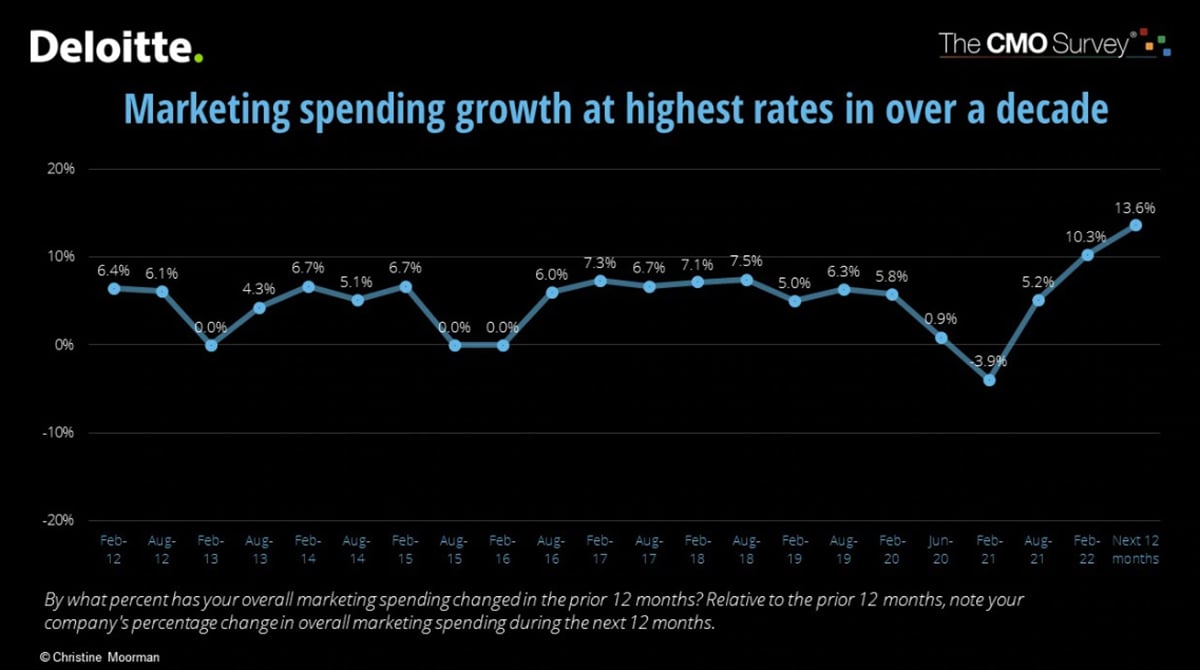
Finding new customers is the key to virtually every business success. No matter what industry is served or what service or product is offered, identifying fresh prospects is the bottom line to growth. And it is no different in the Fire and Life Safety Industry, especially for those companies servicing and selling equipment that is unique to this industry. Even though a good portion of the products and services that Fire and Life Safety businesses offer are required by law, many business owners are discovering just how hard it is to generate new revenue.
Maximum Effort, Minimal Return
From telemarketing or cold calling prospective customers to knocking on the door of prospects, many businesses are stuck in a never-ending cycle of maximum effort with minimal returns. And this process can be very expensive, to say the least, especially for emerging and/or smaller businesses interests that are on tight budgets post-pandemic. To make matters worse, marketing expenses and costs are on the rise. While post-pandemic economic uncertainty and inflation ensues, the latest reports from researchers show that average marketing budgets have returned to pre-pandemic levels of 11.8%, according to The CMO Survey1. To find out how your percentage compares to the latest research, these figures can be calculated by using a formula called Cost to Acquire Customers (CAC).

Reprinted with permission.1
What is CAC?
CAC measures the cost of converting a potential lead into a customer. A company's CAC is the total sales and marketing cost required to earn a new customer over a specific period, according to productplan.com. Businesses can use this formula, which is CAC = Cost of Sales and Marketing divided by the Number of New Customers Acquired, to determine their profitability and Return on Investment (ROI).
It’s also important to note that for every marketing dollar or outbound sales effort, most businesses only convert a small percentage of resource expenditures into new customers. So, what is a business to do in the face of this gloomy picture? Is there a way to turn the tables in your favor so that your business receives maximum returns with minimal expenditures?
Solution
Yes, there is! There's a company in the Fire and Life Safety Industry that can do that for your business, and more—Commercial Fire. A National Fire and Life Safety Provider, their Affiliate Partners rely on Commercial Fire to form and implement a customer acquisition strategy. Not only does this bring you many new customers, but it will also bring you big company names. And the best part; they provide the new clientele you've been looking for—for FREE!
That's right, free. Commercial Fire’s Affiliate Partners have a 100% chance of getting new work at no cost to them. And it isn't just about saving on marketing costs — it is about growing your business with certainty. It's that simple. Commercial Fire does the marketing for you, so your team can spend less time selling and more time servicing clients. These benefits can add up to both cost savings and unlimited growth potential for your business.
Benefits
- Add new customers to existing routes without spending additional money or time
- No need to add bad debt
- Fewer worries about having enough work for your technicians
- Supplement local work with National Account work
- Keep pace with demand, which protects your investments (vehicles, employees, onboarding, etc...)
- No customer nurturing or managing needed - Commercial Fire maintains the relationship

1Moorman, C. (n.d.). The CMO Survey: The latest results. Deloitte. Retrieved June 16, 2022, from https://www2.deloitte.com/us/en/pages/chief-marketing-officer/articles/cmo-survey.html.





